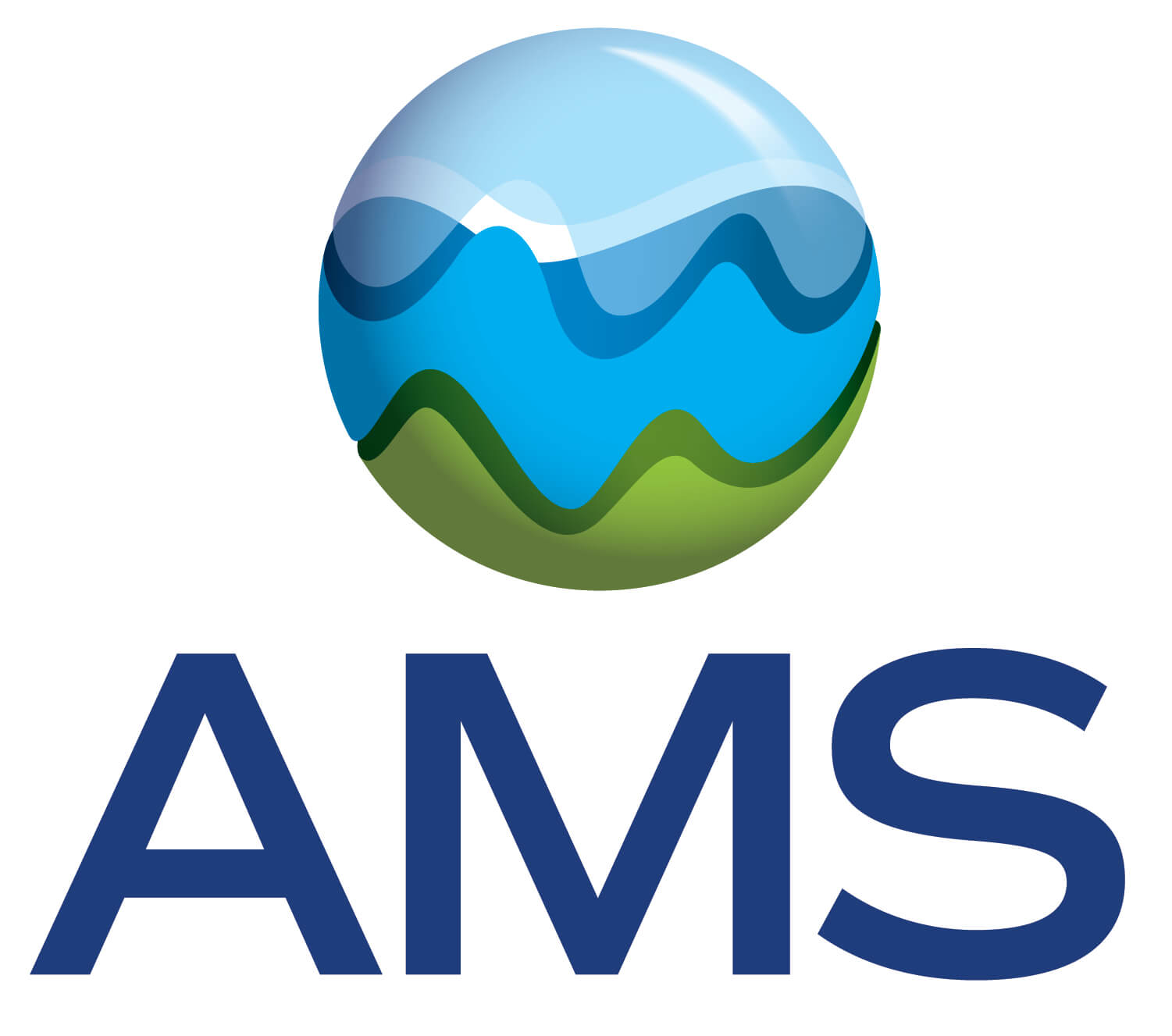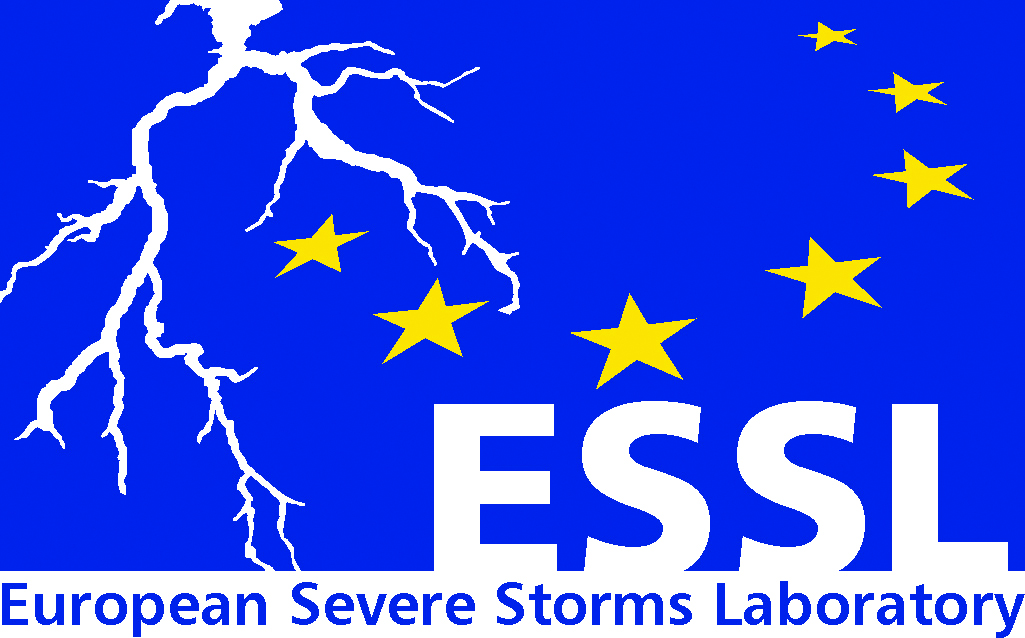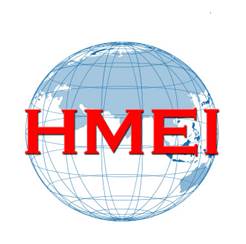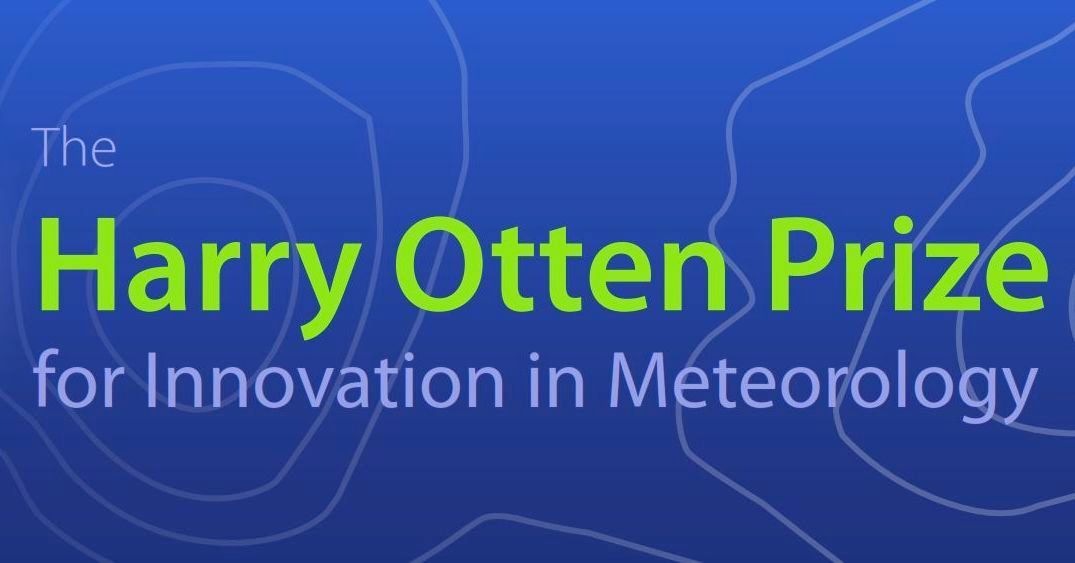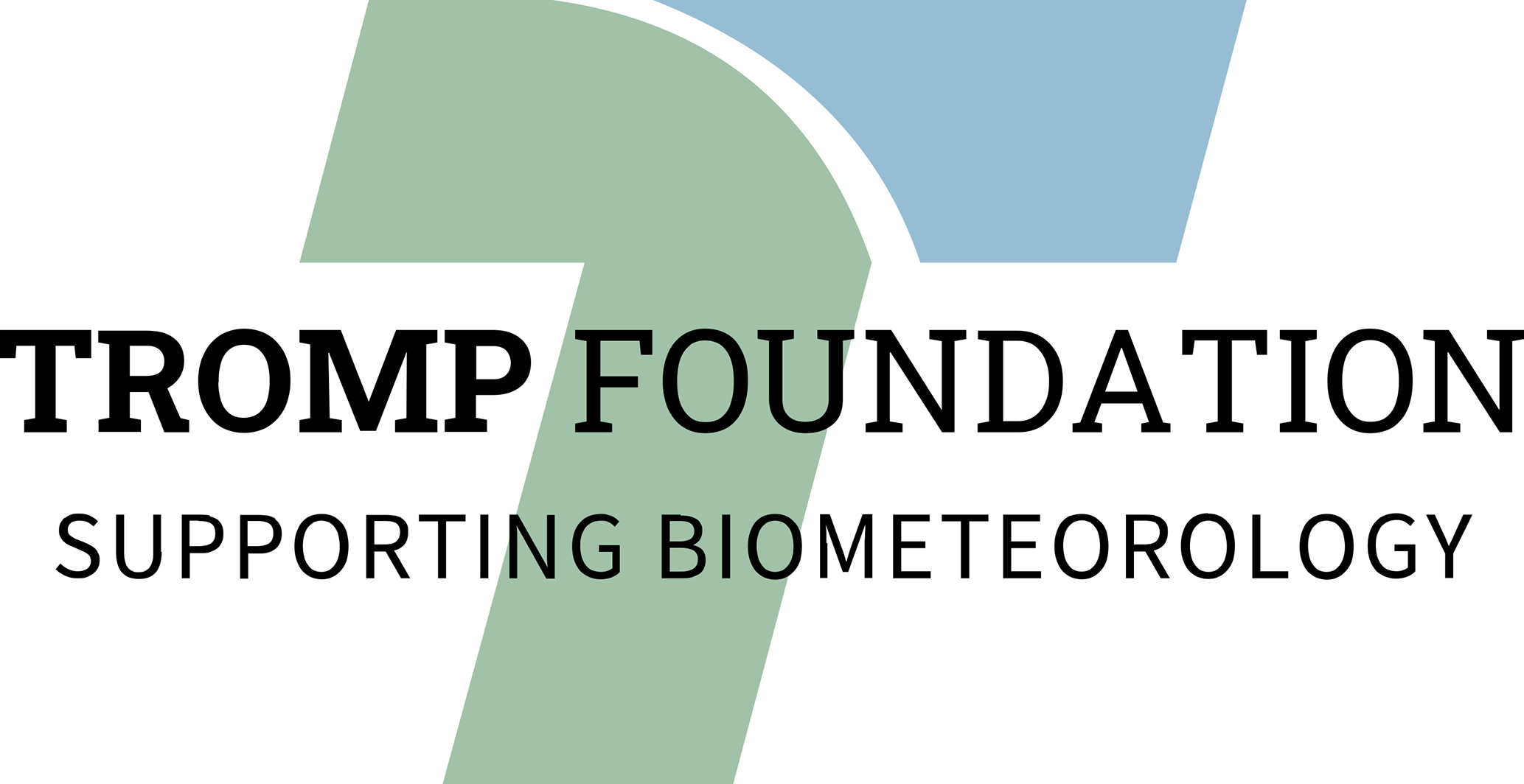Hourly values of an advanced human-biometeorological index for diverse populations from 1991 to 2020: Replicability and exploitability aspects
- 1National and Kapodistrian of Athens, Department of Physics, Athens, Greece (cgiannaros@phys.uoa.gr)
- 2National Observatory of Athens, Institute for Environmental Research and Sustainable Development, Athens, Greece
- 3The Cyprus Institute, Climate and Atmosphere Research Center, Nicosia, Cyprus
- 4University of Freiburg, Institute of Earth and Environmental Sciences, Freiburg, Germany
- 5Democritus University of Thrace, Komotini, Greece
Gridded climate datasets have been significantly developed and improved since the release of the first multi-year global retrospective analyses (reanalyses) in the 1990s. Today, they are widely used in various weather- and climate-related applications. In the field of human bioclimate specifically, the wealth of data provided by both global and regional reanalyses allows for developing datasets of spatially explicit thermal stress metrics, including rational indices, such as UTCI (Universal Thermal Climate Index), that account for both the environmental and personal/physiological factors associated with the human thermal environment. However, to date, no such dataset has been developed considering the variability of anthropometric factors (e.g. age), activity and clothing among different population groups. This diminishes the value of human thermoregulation responses, which are critical for characterizing and dealing with the increased sensitivity of specific populations (e.g. outdoor workers) to the thermal environment. To address this significant gap, here we present the first human thermal bioclimate dataset for diverse populations, along with outcomes related to the dataset’s replicability and exploitability. Initially developed for Greece, using the Copernicus European Regional Reanalysis (CERRA) at 5.5 km spatial resolution, population data and human energy balance modeling, the dataset consists of hourly, population-weighted values of the modified physiologically equivalent temperature (mPET) for 10 population subsets (female and male adults and seniors, and three different profiles of female and male outdoor workers) in 72 regional units and combinations thereof at the NUTS-3 (Nomenclature of Territorial Units for Statistics-3) level, covering a 30-year period (1991-2020). The dataset also includes the main environmental drivers of mPET (e.g. temperature) at the same spatiotemporal resolution. The data are publicly available at an open access repository (https://doi.org/10.5281/zenodo.10893914), facilitating access to high-quality data for human-biometeorological and environmental epidemiological applications. Open access is also provided to the code used for the dataset development (https://doi.org/10.5281/zenodo.10793067) for assisting its replication in other European counties. Within this framework, the dataset has been recently expanded to include hourly, population-weighted values of mPET and its environmental drivers for six populations (female and male children, adults and seniors) in five districts of Cyprus at the LAU-1 (Local Administrative Units-1) level, between 1991 and 2020. In terms of exploitability, the dataset is currently used for conducting an environmental epidemiological study in Greece, aiming at specifying regional mPET-based heat-related warning thresholds associated with increased mortality risks. In Cyprus, environmental epidemiological studies are also performed for identifying the impact of vapor pressure on human health and for appraising the relationship between mPET and morbidity. In both national studies, the differences in human thermoregulation responses among diverse populations are considered in order to better understand, assess and cope with human thermal stress vulnerability.
How to cite: Giannaros, C., Agathangelidis, I., Galanaki, E., Cartalis, C., Kotroni, V., Lagouvardos, K., Giannaros, T. M., Tzyrkalli, A., Economou, T., and Matzarakis, A.: Hourly values of an advanced human-biometeorological index for diverse populations from 1991 to 2020: Replicability and exploitability aspects, EMS Annual Meeting 2024, Barcelona, Spain, 1–6 Sep 2024, EMS2024-54, https://doi.org/10.5194/ems2024-54, 2024.

